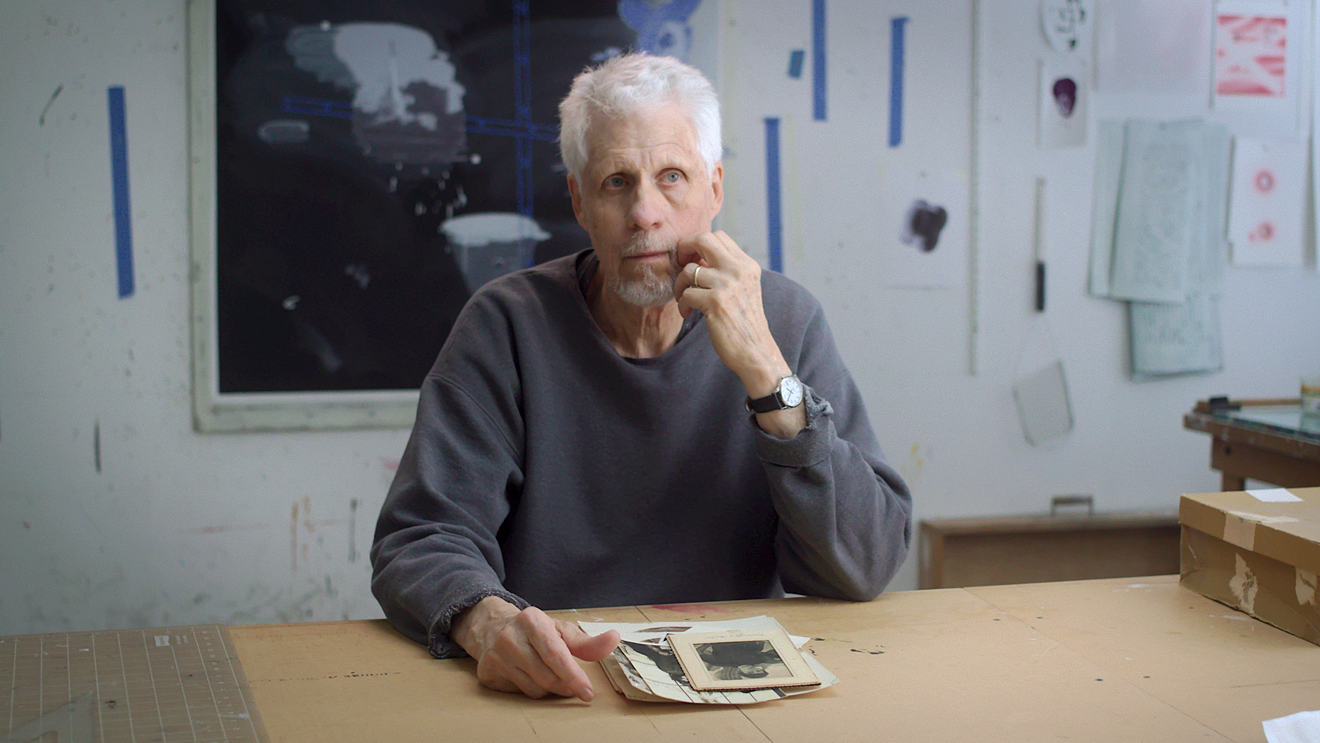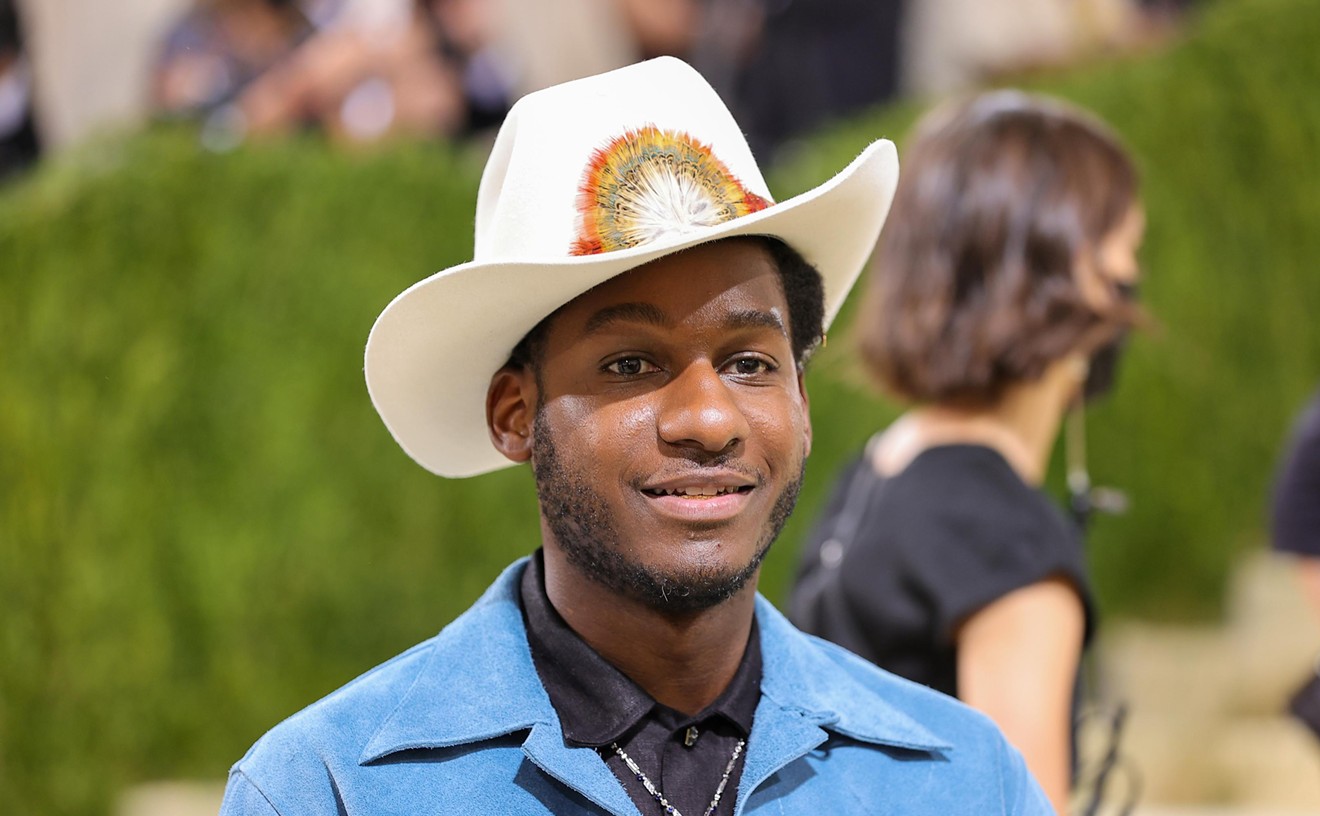"It was like most of us, obsessive compulsive order," Blagg says with a laugh. "Of course, he could be very obsessive compulsive about his work, as I am too, and I think a lot of artists really are, but I think more what he was drawn to was the ability to do a piece that had both a visual context and a narrative context that gave it another dimension."
Fisher, who also worked at the University of North Texas as a regents professor of art emeritus, died at age 80 on April 23, following a long battle with bone marrow cancer. His death occurred just days before a documentary about his work and life called Breaking the Code was scheduled to premiere during the Dallas International Film Festival.
Fisher's works veered between silly and satiric and explored a number of different media, but through it all he wanted his work to tell a story and he didn't care if he was the one directing the narrative.
"Like he says in the film, he wants his work to be entertaining but not entertaining like Kong vs. Godzilla, but entertaining in the sense that it encourages you to work out the meaning, to work out what it possibly could mean," says Michael Flanagan, the filmmaker who directed Breaking the Code. "I think he was interested in having an audience engage with the work and he was just as interested in something he could engage with and stimulate him."
Fisher grew up in Granbury and settled into a studio in Fort Worth. He never pursued his art outside his geographic home, but his works found their way into galleries and showings at venues like the Museum of Contemporary Art in Chicago and the Solomon R. Guggenheim Museum in New York.
"He just preferred a base and something that had more air in it," Blagg says. "He did it on his terms. He didn't have to go chase it. He's one of those guys who worked every day in his studio practically. He talked about that a lot. For us, it was like a case of OCD. We just had to go do it. It was an itch that had to be scratched."

Vernon Fisher works on his one of his memorable chalkboard paintings that juxtaposed different canvases and media.
Courtesy of Michael Flanagan
"He uses a lot of images from pop culture," says Holly Hutzell, a former student of Fisher who now works as the registrar for the College of Visual Arts and Design at the University of North Texas. "You see a lot of recognizable figures in them like Mickey Mouse, Frankenstein and Little Lulu. He uses layers of imagery in a very cerebral way. He does a lot of wordplay, and because of that juxtaposition of whatever images he's collaged together, that's where they can be cerebral. He works in a very playful way but there's also some deeper meanings in hidden in his work."
Blagg, a fellow Fort Worth artist known for his breathtaking paintings of the Big Bend National Park, knew Fisher more than 40 years after Blagg's older brother Woodrow introduced them. Blagg says they were golf and Scrabble partners, took long walks together and went to lunch every day at a nearby Luby's Cafeteria.
"We just knew how to finish each other's sentences after being together for so long," Blagg says.
According to Blagg, Fisher was someone who was "always ready" to do things like travel and work and showed a personality as wide-ranging as his art.
"He could be both [quiet and outgoing]," Blagg says. "He had an enormously wise wit about him."
Fisher had no fears about using his wit in his art. One of his most famous pieces is "Man Cutting Globe," in which a suburban-looking dad and his son carve up a globe like they're preparing a Jack-o-lantern for trick-or-treaters.
"I would say his personality is similar to his art," Flanagan says. "It had a lot of depth. Certainly there was a serious side to him and an imposing intellect but there was also a lightheartedness."
The only thing he took seriously is the effort he put into his work, Blagg says.
"He said something that really hit home with me," Blagg says. "A painting takes time and you've got to give it some time when you're working on it. That means you've got to be ready for the long haul because most likely, there's going to be a long haul involved if it's an ambitious piece."












